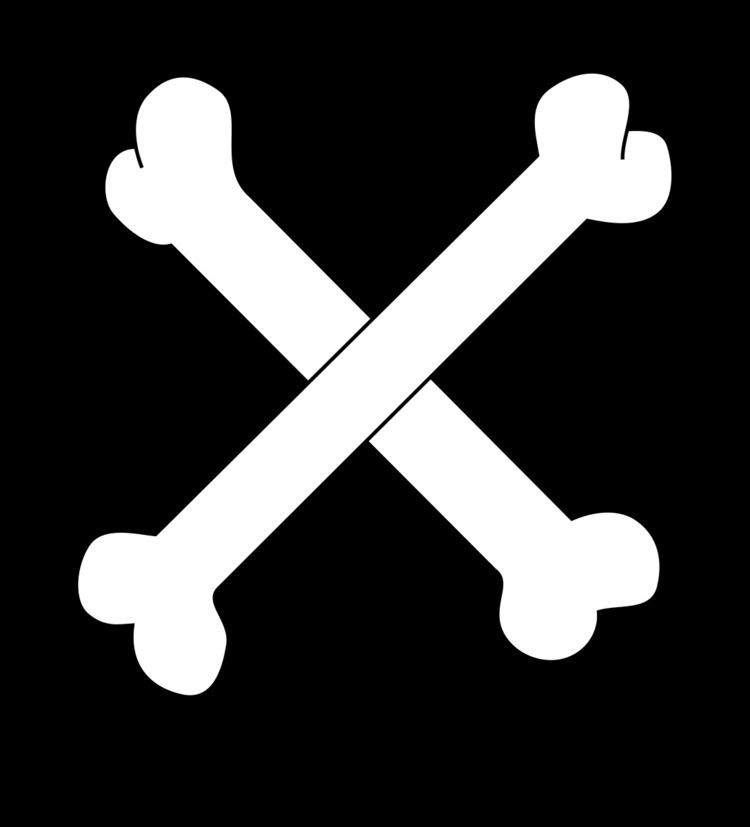 | ||
There have been six baronetcies created for persons with the surname Newton, three in the Baronetage of England, one in the Baronetage of Nova Scotia and two in the Baronetage of the United Kingdom.
Contents
- Newton baronets of Barrs Court 1660
- Relationship to Isaac Newton
- Newton baronets of London 1661
- Newton baronets of Newton 1697
- Newton baronets of The Wood and Kottingham House 1900
- Newton baronets of Beckenham 1924
- References
The Newton Baronetcy, of Charlton in the County of Kent, was created in the Baronetage of England on 2 April 1620 for Adam Newton. The name of the baronetcy was changed to Puckering.
The Newton Baronetcy, of Barrs Court in the County of Gloucester, was created in the Baronetage of England on 16 August 1660 for John Newton. The second Baronet represented Grantham in the House of Commons. The fourth Baronet sat as Member of Parliament for Beverley and Grantham. He married Margaret Coningsby, 2nd Countess Coningsby (see Earl Coningsby). Newton had no surviving male issue and the title became extinct on his death in 1743.
The Newton Baronetcy, of London, was created in the Baronetage of England on 25 January 1661 for Robert Newton. The title became extinct on his death in 1670.
The Newton Baronetcy, of Newton in the County of Haddington, was created in the Baronetage of Nova Scotia on 23 April 1697 for Richard Newton. The title became extinct on his death in circa 1727.
The Newton Baronetcy, of The Wood, Sydenham Hill, Lewisham, in the County of Kent, and Kottingham House, Burton-on-Trent, in the County of Stafford, was created in the Baronetage of the United Kingdom on 18 May 1900 for Alfred Newton, Lord Mayor of London from 1899 to 1900. The second Baronet represented Harwich in the House of Commons as a Unionist between 1910 and 1922.
The Newton Baronetcy, of Beckenham in the County of Kent, was created in the Baronetage of the United Kingdom on 27 October 1924 for Louis Newton, Lord Mayor of London from 1923 to 1924 and a member of the London County Council from 1931 to 1934.
Newton baronets, of Barrs Court (1660)
Relationship to Isaac Newton
Before he was knighted by Queen Anne in 1705, the scientist Isaac Newton submitted to the College of Arms a genealogy in which he claimed a common male-line ancestry with Sir John Newton, 3rd Baronet, a claim furthermore supported by Sir John himself. The heraldic device of the Newton baronets (blazoned as "sable, two shinbones in saltire argent, the dexter surmounted of the sinister") was adopted by Sir Isaac Newton. It was added to the entrance to Woolsthorpe Manor, the home in Lincolnshire where he was born and raised, in 1798 (National Trust Images).
